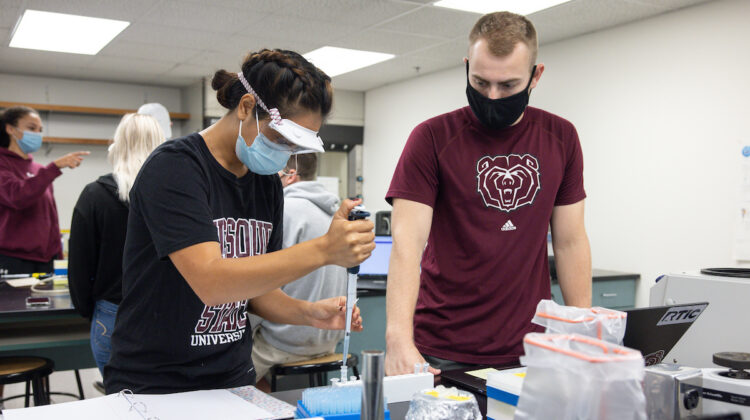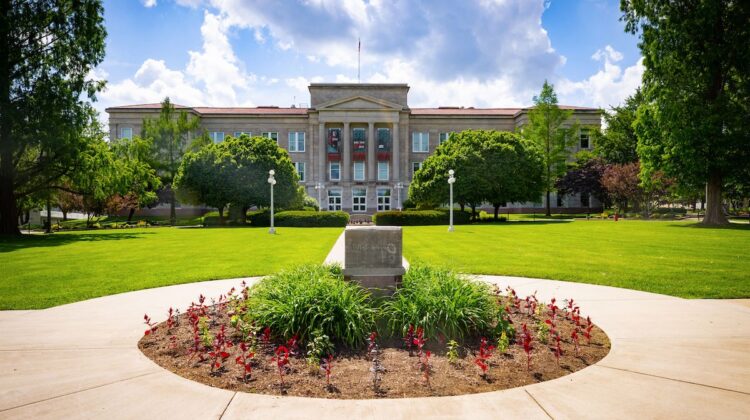Students increasingly go to college to get a good job or to gain a career advantage. This is true nationally.
Based on information gathered during our marketing research a few years ago, we also know it is true at Missouri State.
Preparing our students
To meet our students’ needs and goals, it is important that we match the education we provide with current career and professional development opportunities.
It is not enough that we educate our students for careers that existed 30 or 40 years ago when I (and some of you) graduated from college. It is not even enough that we solely educate our students for careers that exist today.
Many aspects of the workforce of today require professional individuals who must have a high degree of specialized education, even advanced-degree qualifications for many careers.
To thrive in the modern world, our students must be workforce ready when they graduate and equipped with the knowledge and skills they need, and the capability to continue learning in order to stay workforce ready throughout their careers.
The future of work
Several of the action items in this year’s Action Plan contemplate the “future of work” and steps MSU should take to position ourselves and our students for the ever-evolving world.
In late October we and our partners with EAB will host a Future of Work Summit on campus. The goal of this summit is to discuss the future of work and actions MSU can and should take under our long-range plan to prepare students for the modern workplace.
Following the meeting, three work groups will begin to meet to develop specific recommendations.
The topical assignments for the groups include:
- Developing recommendations for partnerships with employers to provide educational opportunities for their employees.
- Developing recommendations to coordinate the university’s existing processes related to internships and student work opportunities with a goal of connecting those processes with our business-facing operations in IDEA Commons to leverage new opportunities for employers and our students.
- Analyzing subscription model options with a goal of proposing a subscription model (likely for a defined group of alumni) to pilot at MSU.
We are still working to assemble the rosters for the work groups. Once rosters are finalized, we will send each work group their respective charge and invite all work group members to the Future of Work Summit.
If you have thoughts or ideas you’d like to share with our work groups as they discuss the steps the university should take to prepare MSU and our students for the future of work, please email them to me.
Recognizing staff
Finally, I want to encourage you to recognize your colleagues who have done exceptional work.
The Staff Excellence in University Service Award recognizes excellence in service to the university among staff employees. Through this award, the university recognizes staff who strive to do their jobs well on a daily basis, who go beyond the call of duty in a special situation, and who have contributed in a significant way to the success of the university.
Each year, six full-time staff receive this award (which includes a one-time $1,500 award).
Currently enrolled students, employed staff, faculty or administrators are encouraged to nominate full-time staff employees for the Excellence in University Service Awards.
The deadline to nominate a staff member is Nov. 12. You can review the selection criteria and complete a nomination form on the Staff Excellence in University Service Award webpage.
Thanks for all you do for Missouri State!




